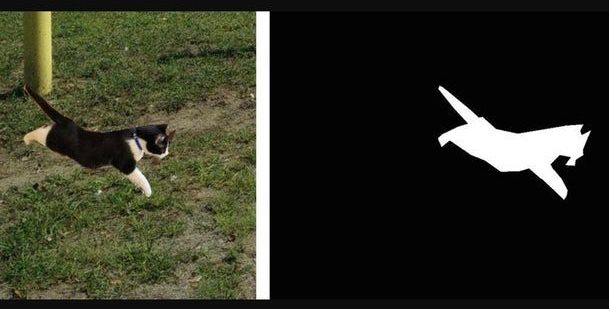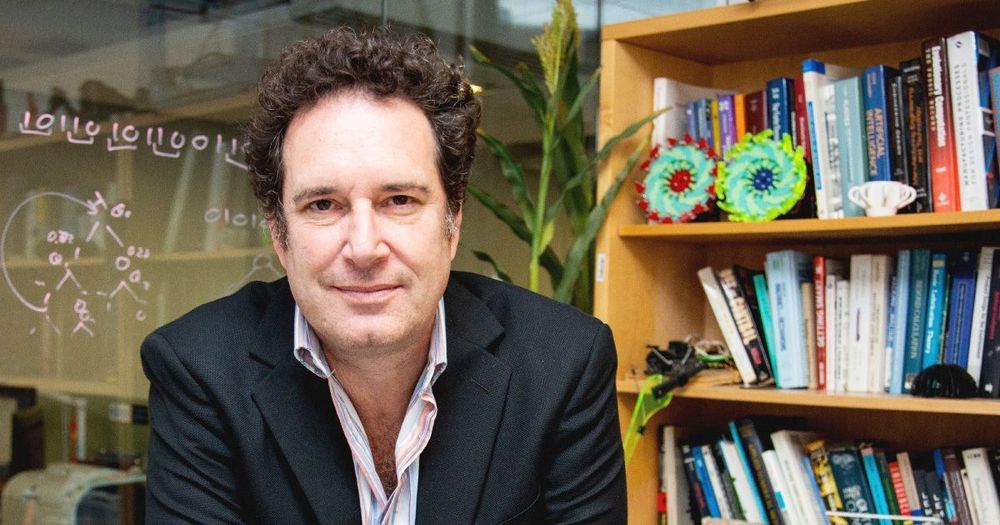A partnership with Sam Altman and Elon Musk’s OpenAI looks to be a win-win for both companies. But a “holy grail” breakthrough is likely decades away.



They’re known as deepfakes – photos or videos that have been very convincingly manipulated to depict people saying or doing things that they never actually said or did. They’re potentially quite the problem, so an experimental new deep neural network has been designed to spot them.

Today, we want to highlight a recent human trial of the popular supplement nicotinamide riboside, a compound that has been shown in mice to restore NAD+ levels. The compound has had impressive results against some aspects of aging in mouse studies, and there is now some more data for NR in humans [1].
What is nicotinamide riboside?
Nicotinamide adenine dinucleotide (NAD+) is a chemical that facilitates the production of energy from sugar and is present in every cell in our body. As well as being important in energy production, it is also involved in DNA repair, cellular signaling, and many other cell functions.





Scientists from the University of Exeter believe it may be possible to avoid developing dementia, and there are 5 ways that can help to reduce the risk, findings were presented at the Alzheimer’s Association International Conference.
As published in the journal JAMA living a healthy lifestyle may help reduce the risk of dementia even if you have a genetic risk; risk of dementia in those with a higher genetic risk who followed a healthy lifestyle were found to be at 32% lower risk than those with an unhealthy lifestyle.
Data was studied from 196,383 adults of European ancestry who were 60+ years old; 1,769 cases of dementia were identified over an 8 years follow up period; those with high genetic risk and an unhealthy lifestyle were found to be almost 3 times more likely to develop dementia.

A previously unidentified cell population in the pericardial fluid found within the sac around the heart has been identified in a collaborative study at the University of Calgary which may lead to new treatments for those with injured hearts, as published in the journal Immunity.
Discovered in the pericardial fluid of a mouse with heart injury, a Gata6+ pericardial cavity macrophage cell was found to help heal injured hearts in mice; the same cells were also found within human pericardium of those with injured hearts, confirming the repair cells offer promise of a new therapy for patients with heart disease.
“The fuel that powered this study is the funding from the Heart and Stroke Foundation of Canada, the collaboration between two major research institutes at CSM (Snyder and Libin) and the important contribution of philanthropy from the Libin and Snyder families to obtain imaging equipment available to very few programs globally,” says Dr. Paul Kubes.
Our #Apollo50th anniversary of the Moon landing is being celebrated in a different kind of way on the International Space Station: By welcoming three new crew members on board, including NASA Astronaut Andrew Morgan. All this and more on the latest episode of NASA’s Space to Ground: